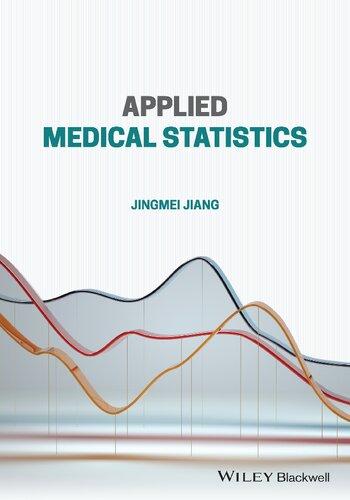2. To investigate the anti-inflammatory effect of buckwheat flavonoid, 20 mice injected with 0.2 ml 2% agar
Question:
2. To investigate the anti-inflammatory effect of buckwheat flavonoid, 20 mice injected with 0.2 ml 2% agar solution to form an agar granuloma were randomly divided into an experimental group and a control group. The 10 mice in the experimental group received buckwheat flavonoid, and the remaining 10 mice in the control group were injected with 0.5 ml 65% ethanol. The weight of the granulomas
(mg) was measured after 10 days (assuming normal distributions in both groups).
Table 8.5 displays the results.
Please answer the following questions:
(a) What is the type of design? What are the advantage and disadvantage of this design?
(b) Which testing methods are appropriate for this design, and what assumption other than normality should be made for conducting the hypothesis testing?
Check this assumption.
(c) Perform a test to investigate whether buckwheat flavonoid has an inhibitory effect on agar granuloma in mice and draw a conclusion.
(d) Calculate the 95% CI for the mean of difference. Would the conclusion based on the confidence interval agree with the result of hypothesis testing? What are the inherent relationships between the hypothesis testing and CI results?
(e) Using a two-sided test at a significance level of =0.05, what is the power of the test in (c)?
Step by Step Answer:






